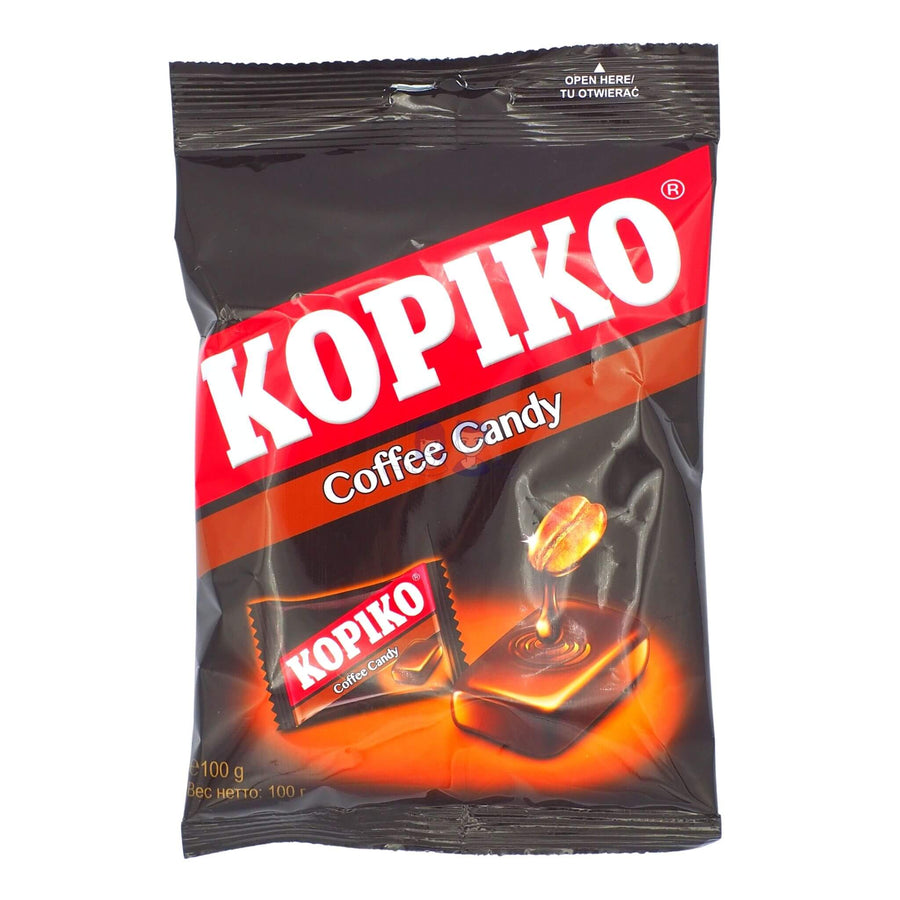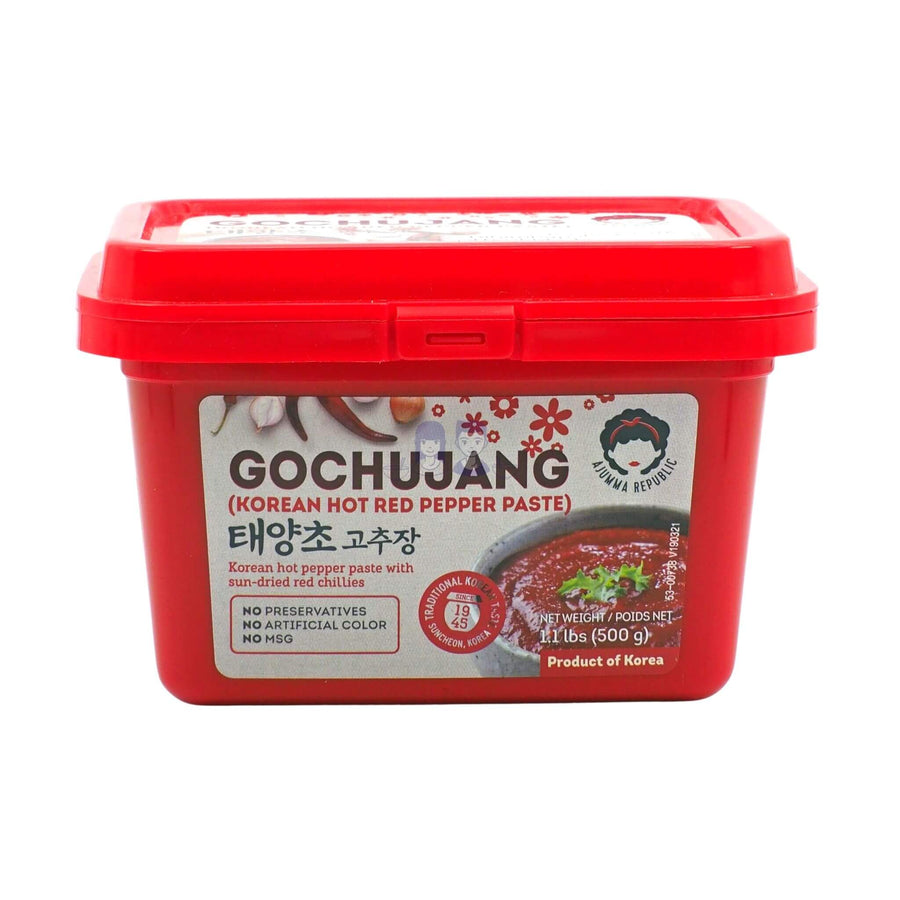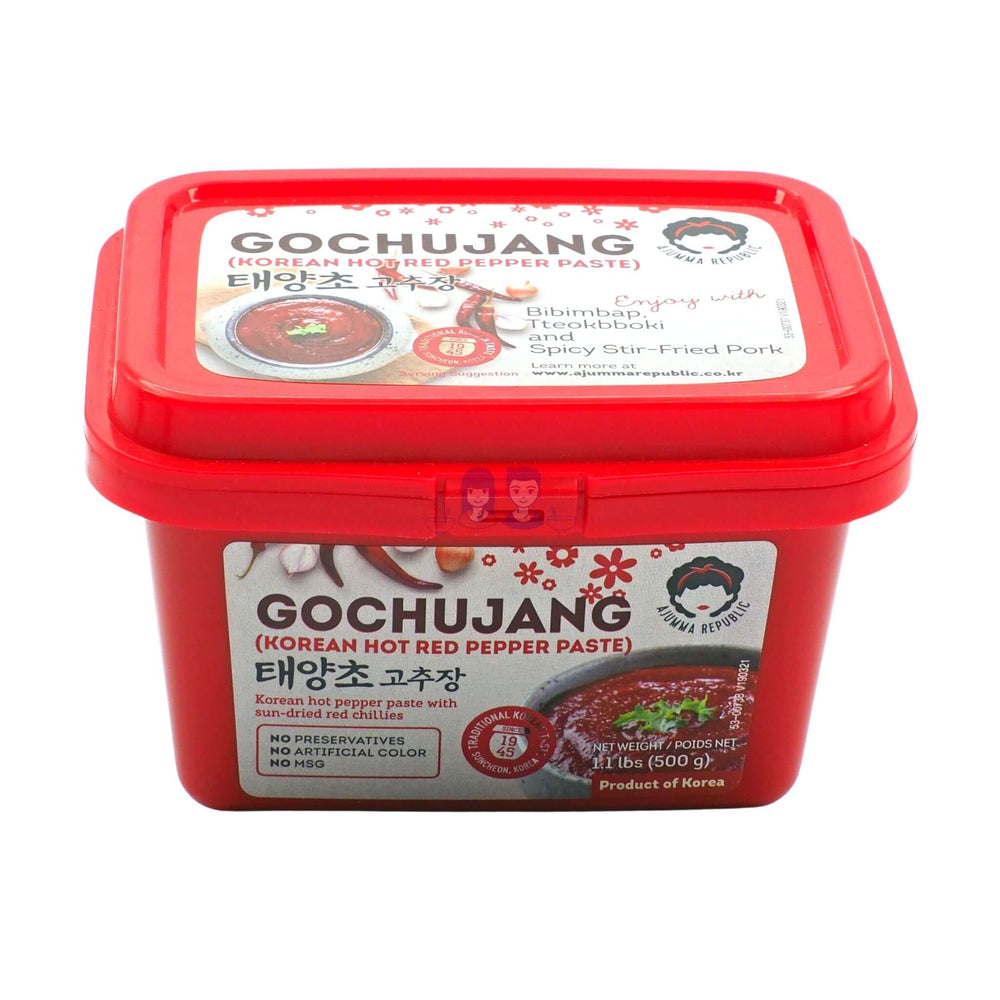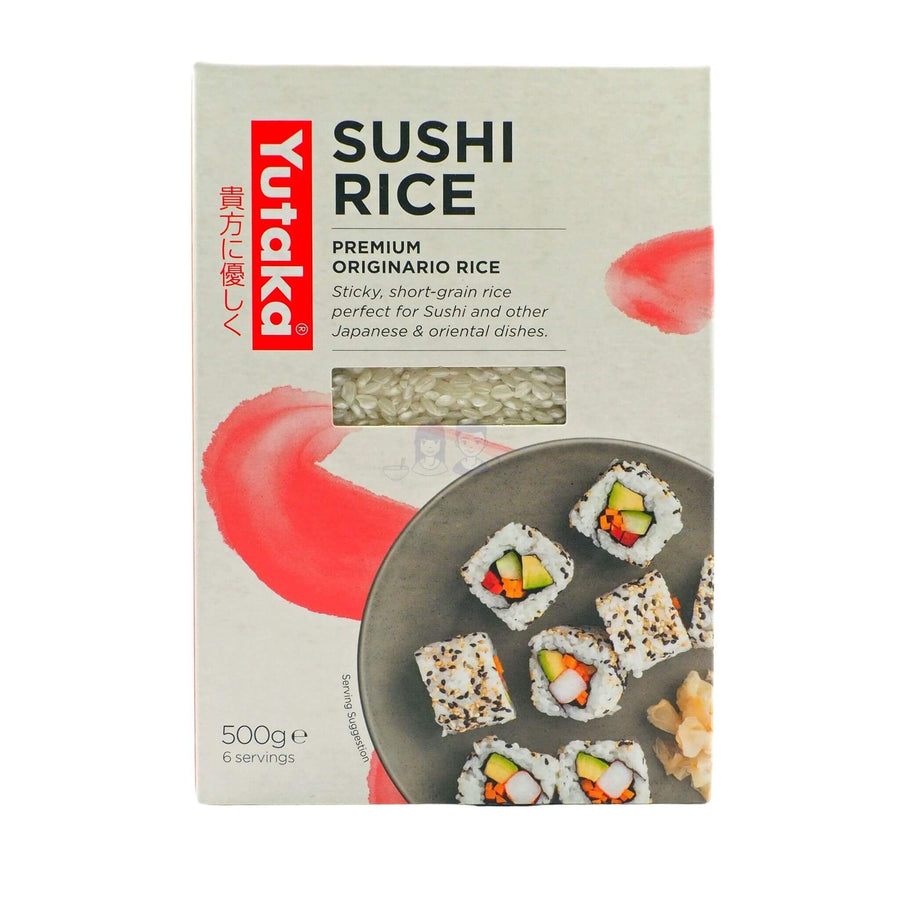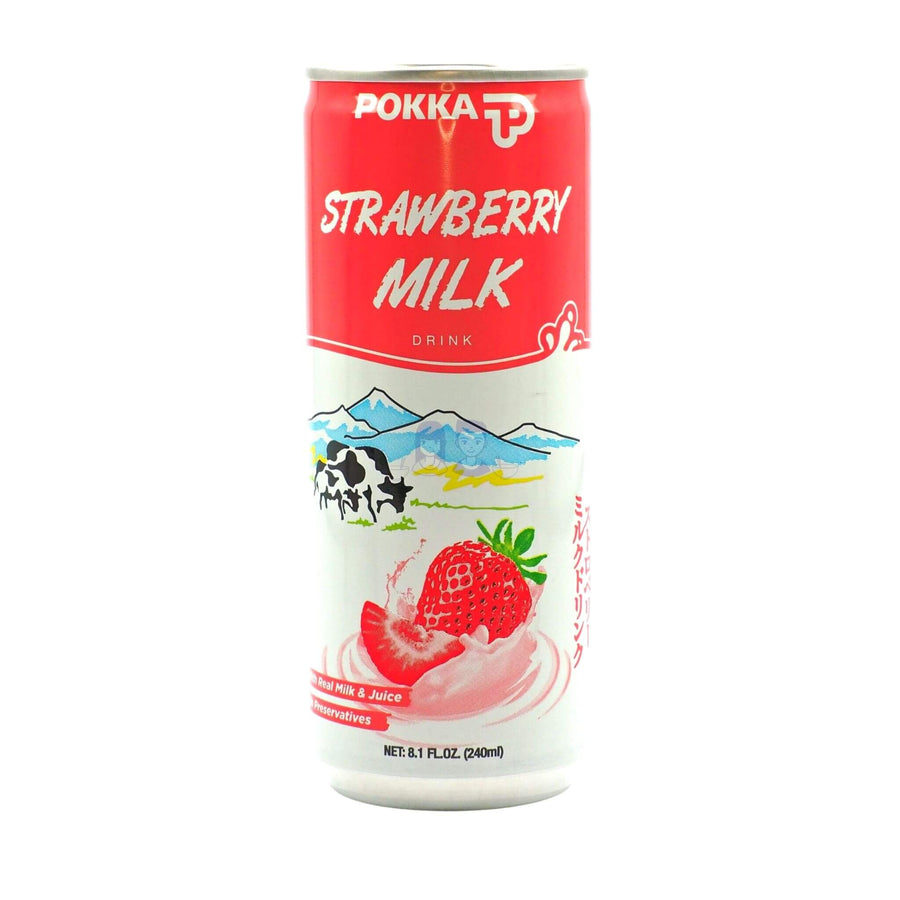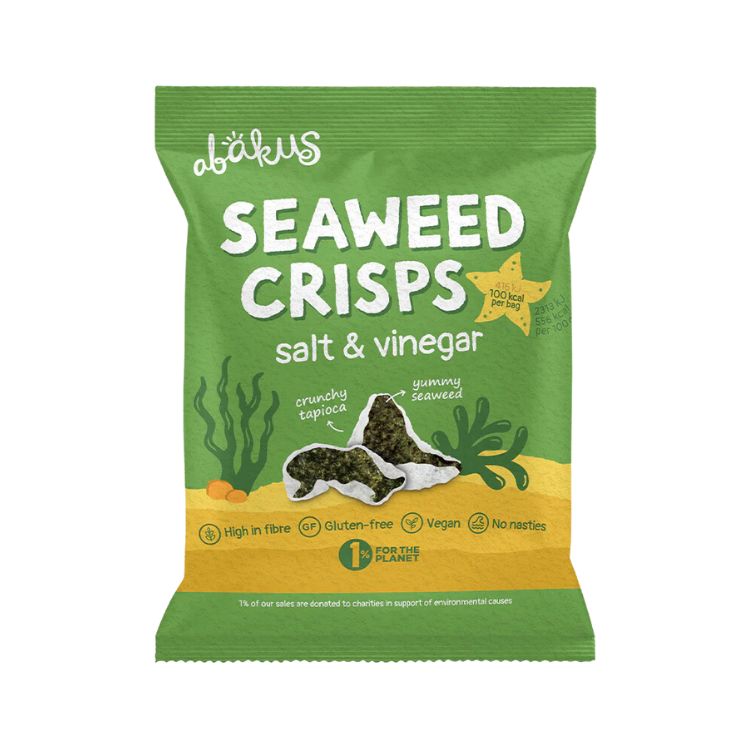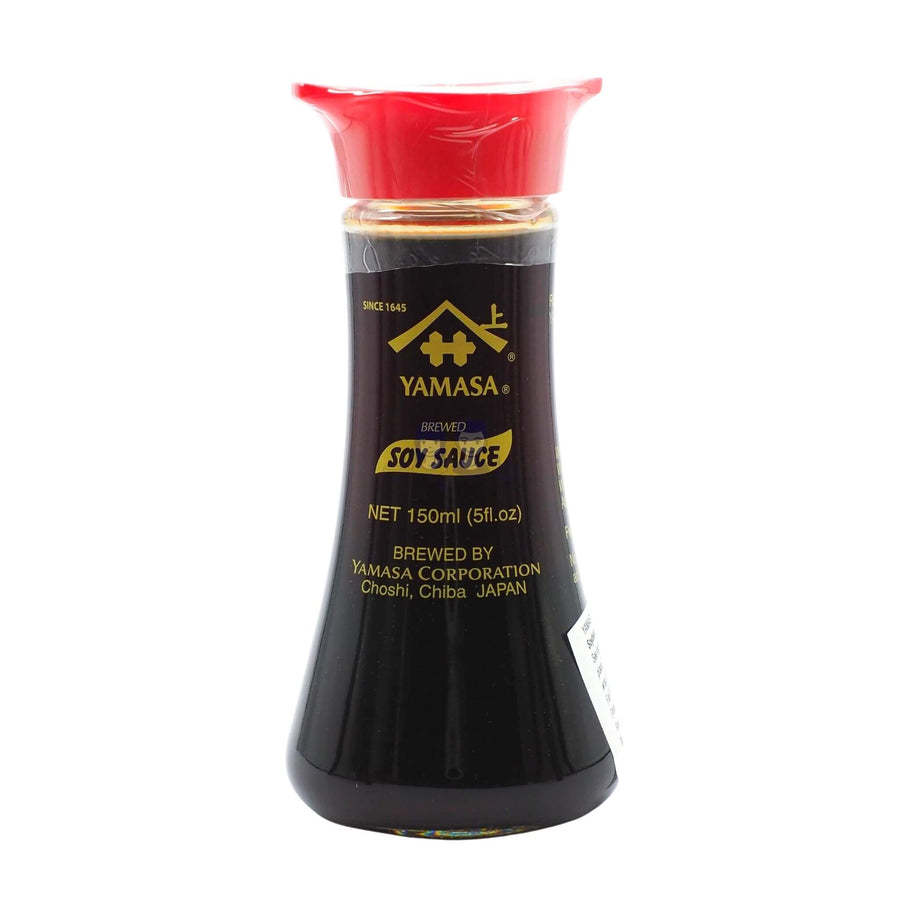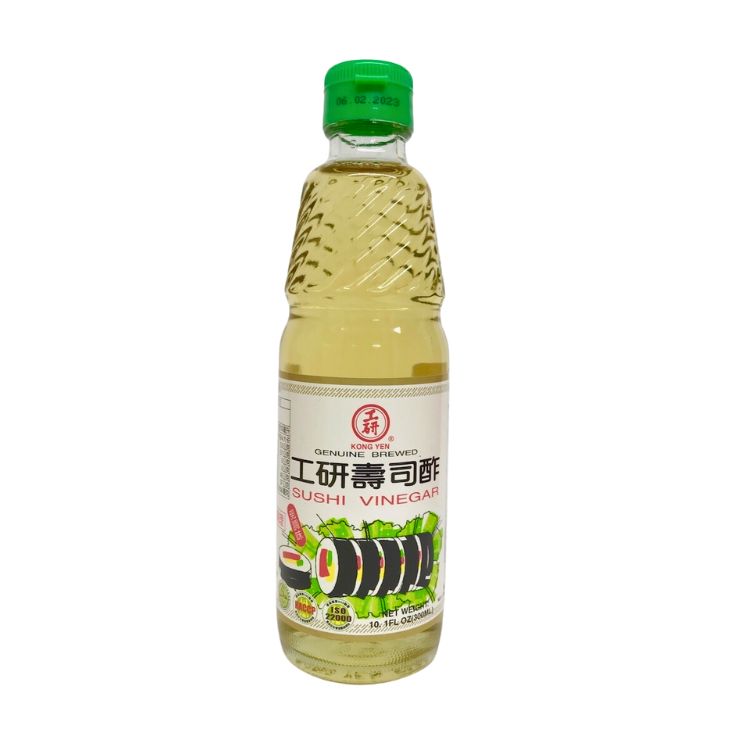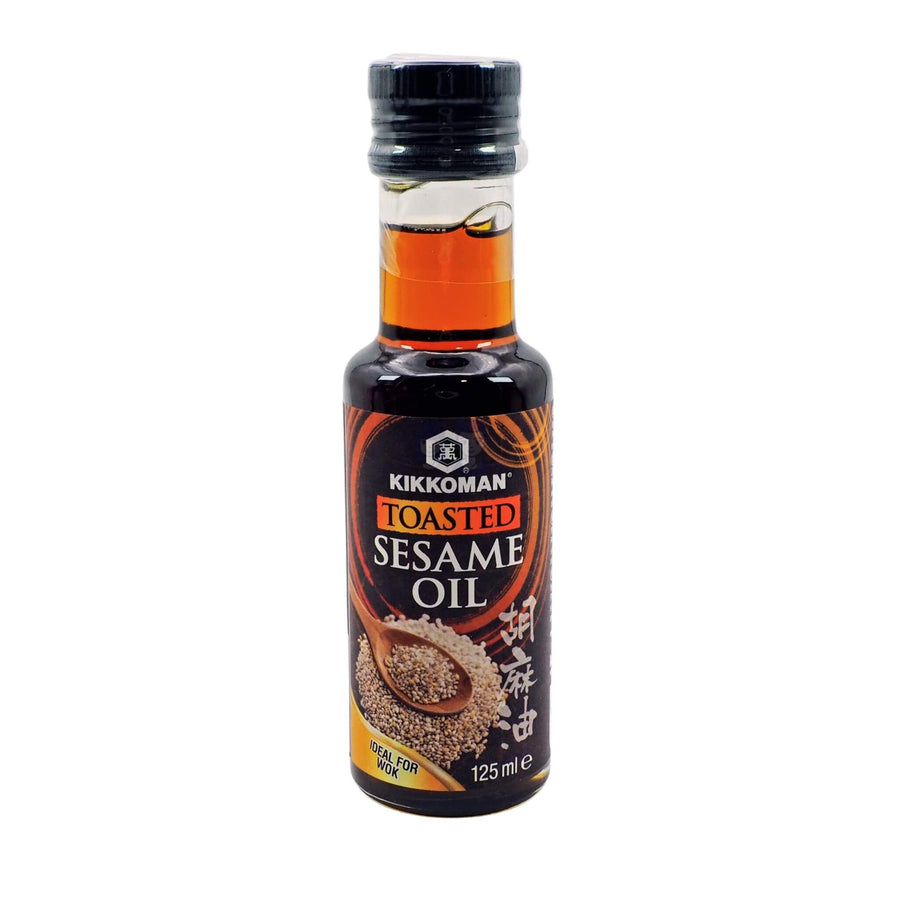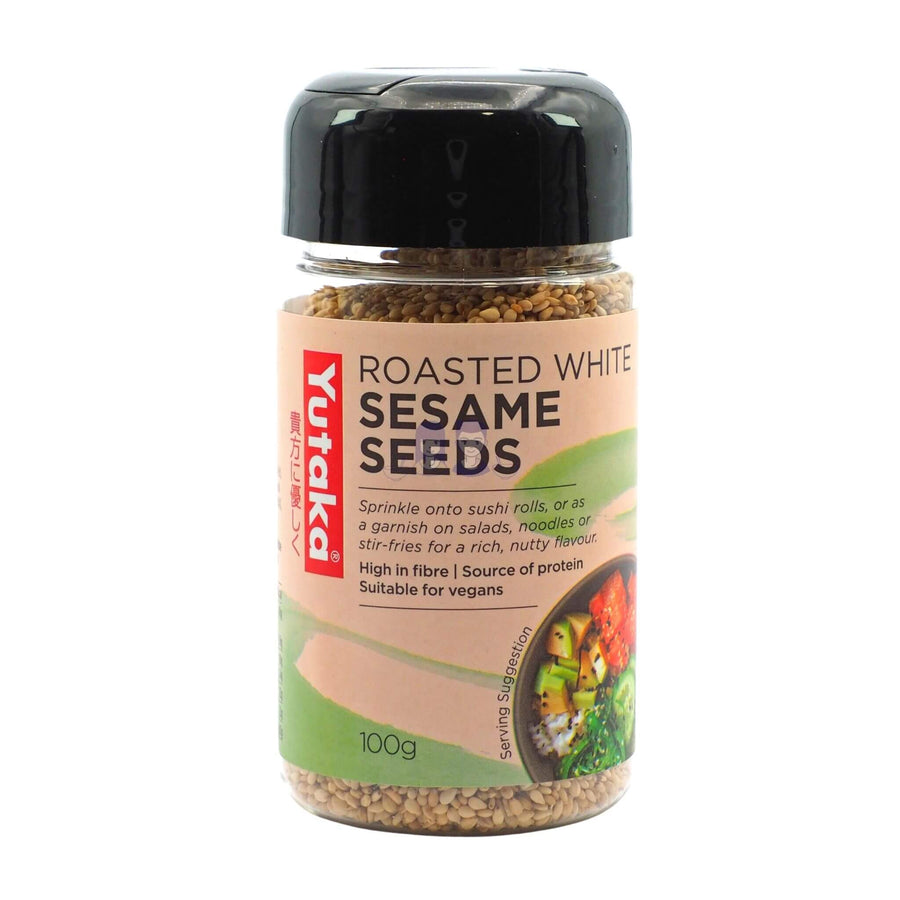25 Essential Chinese Ingredients For Your Kitchen
With a food culture dating back thousands of years and enriched by regional cuisines, it’s no surprise Chinese food is so mouth-watering.
From roasted duck to xiao long baos to dim sum, great Chinese cooking all begins with a handful of quality, essential Chinese ingredients.
Here are our recommendations for the best Chinese ingredients you must have in any Chinese kitchen.
→ Shop now: Our handpicked range of Chinese ingredients for your pantry
Aromatics and Flavour Boosters
#1 Garlic (Dà Suàn)
When it comes to garlic, you'll be hard-pressed to find any authentic Chinese dish that does not have it. As one of the pillars of Chinese cooking - and a mainstay in our kitchens both now and while growing up - fresh garlic is used in a wide array of dishes. including meat marinades, soups, vegetable stir-fries and dumpling fillings. Its distinctive, appetite-inducing aroma and sizzle when being sauteed is always enough to get us running to the dinner table!

#2 Ginger (Shēng Jiāng)
Another essential Chinese ingredient is ginger. Ginger is often used as an aromatic in steamed fish dishes. It also features prominently in popular dishes such as Ginger Chicken and Hainanese Chicken Rice. This fragrant herb can always be found in our kitchens and is widely favoured as it’s believed by the Chinese to have medicinal properties. We personally use it to make ginger tea when we're not feeling great.

#3 Scallions (Xiāng Cōng)
Scallions are another of the most common Chinese ingredients. Its green leafy parts are often used as a garnish while its white parts are used to add a sweet onion flavour to dishes. Popular Chinese dishes featuring scallions include Stir-Fried Beef with Ginger and Scallions. There's also one of our all-time favourite breakfast dishes, Chinese Scallion Pancake.

Spices and Seasonings
#4 Sichuan Peppercorns (Huā Jiāo)
Sichuan peppercorns are a popular Asian spice, harvested dried berries from the Sichuan pepper tree. With a fresh, citrusy flavour, they also deliver a numbing, tingling effect on the tongue that is best described as electrifying. Famous dishes that use Sichuan peppercorns include Mapo Tofu, Dan Dan noodles, and Ma La Chicken.

#5 Dried Red Chillies (Gān Hóng Là Jiāo)
Sichuan cuisine doesn't shy away from heat. It wouldn't be complete without dried red chillies to complement the Sichuan peppercorns. The liberal use of dried red chillies gives every dish it's served with a fiery kick. When used in combination with Sichuan Peppercorns it creates a "Ma La" numbing sensation.

#6 Star Anise (Bā Jiǎo)
Star anise is a seed pod from an evergreen tree native to China and resembles a wooden flower. It has a unique flavour that is warm and spicy, reminiscent of liquorice, and can be used whole or grounded. Star anise is used to add depth and flavour to soups, sauces and braised dishes such as Braised Pork Belly and Tea Eggs.

#7 Ground White Pepper (Bái Hújiāo)
In traditional Chinese cooking, white pepper is the pepper of choice. It adds heat to dishes but is subtler and less complex in flavour compared to black pepper. We've found that grounded pepper loses its potency quickly. Grinding white peppercorns fresh will produce optimum flavour. Popular Chinese dishes using this ingredient include Hot and Sour Soup and Salt and Pepper Pork Chops.

#8 Five Spice Powder (Wǔxiāng Fěn)
Five Spice Powder is commonly a mixture of cloves, star anise, cinnamon, fennel and Sichuan peppercorns. This authentic Chinese ingredient is a complex blend of sweet, bitter, sour, salty, and savoury flavours. It is traditionally thought to promote balance in the body and bring about internal harmony. Five spice powder is often used as rubs and marinades to season meat, including for the popular Cantonese Roast Pork Belly.

#9 Bamboo Shoots (Zhú Sǔn)
While not a traditional aromatic like garlic or ginger, bamboo shoots add a crunch and subtle, earthy flavour to several dishes. They are commonly used in stir-fries, soups, and as an ingredient in dumplings and spring roll fillings.

Thickeners and Binders
#10 Cornstarch (Yùmǐ Diànfěn)
Cornstarch is flour derived from corn and has many vital roles to play in Chinese cooking. It’s used as a meat tenderiser to protect meat from hardening while cooking and to thicken soups and sauces such as in Egg Drop Soup. It’s also used in batter to create crispy dishes like Sweet and Sour Pork.

Essential Sauces
#11 Regular Soy Sauce (Jiàng Yóu)
Soy sauce is made from fermenting soybeans and wheat in a process that can take months or even years to complete. Soy sauce is one of the most famous Chinese sauces. It is a true workhorse of a Chinese kitchen, doing the heavy lifting by adding umami-ness to a variety of dishes with its balanced flavour profile. Popular dishes include stir-fried vegetables, noodles and chicken adobo.
→ Shop now

#12 Light Soy Sauce (Shēng Chōu)
Do not be confused! The ‘light’ in light soy sauce does not mean low-sodium. In fact, light soy sauce is saltier than regular soy sauce with a thinner texture and lighter colour. In Chinese recipes, light soy sauce is often the preferred choice for stews, soups and vegetables as well as a dipping sauce for dumplings.

#13 Dark Soy Sauce (Lǎo Chōu)
Dark soy sauce has a thicker molasses-like consistency, a darker colour and a sweeter flavour compared to light or regular soy sauce. It’s mainly used in small amounts to add a warm, deep colour when making stews, fried rice or noodles such as Char Kway Teow, or in braises and stir-fries.

#14 Oyster Sauce (Háo Yóu)
Oyster sauce is a Chinese cooking ingredient made from oyster extracts. It has a sweet-salty flavour and caramel consistency. It is most commonly used as a marinade for meat stir-fries and drizzled on top of steamed vegetables. The most famous brand of oyster sauce has to be Lee Kum Kee as its founder invented oyster sauce!

→ Shop now
#15 Hoisin Sauce (Hǎixiānjiàng)
Hoisin sauce is made of fermented soybean paste, with a thick consistency and reddish colour. This sweet sauce is often used as a glaze for meats and as a dipping sauce for dumplings. Well-known Chinese dishes that feature hoisin sauce include Peking Duck Wraps and Char Siu.

→ Shop now
Oils and Vinegar
#16 Sesame Oil (Zhīma Yóu)
In Chinese cooking, toasted sesame oil is a culinary essential used as a seasoning to add a nutty flavour to dishes. This warm, amber liquid works as a flavour enhancer and because of its low heat point, should only be added towards the end of cooking. Popular dishes featuring sesame oil include Sesame Chicken.

→ Shop now
#17 White Rice Vinegar (Mǐ Cù)
White rice vinegar is made from additional fermentation of rice wine to create vinegar. Compared to black rice vinegar, white rice vinegar has a sharper, more acidic taste. It is perfect for sweet and sour dishes as well as pickled vegetables.

→ Shop now
#18 Rice Wine Vinegar (Mǐjiù Cù)
Rice wine vinegar offers a milder, slightly sweeter flavour compared to white rice vinegar. This makes it particularly great for dressings and marinades.

#19 Black Vinegar (Zhènjiāng Xiāng Cù)
With its malty, smoky flavour, black vinegar is indispensable in dishes like Hot and Sour Soup and as a dipping sauce for dumplings.

#20 Peanut Oil (Huāshēngyóu)
Peanut oil is made from steam-softened peanuts and with its high smoke point, it’s perfect for stir-fries and even deep frying. Using peanut oil adds a nutty aroma to dishes and when purchasing peanut oil, look for a brand that has 100% peanut oil.

Cooking Wines and Pastes
#21 Shaoxing Wine (Shàoxīng Jiǔ)
Shaoxing wine is a cooking wine with a 14-20% alcohol content made from fermented rice and specially produced in the Shaoxing region in China. This Chinese ingredient provides a yummy splash of savoury, umami flavour to many dishes. Some popular dishes include Drunken Chicken, Wonton fillings and Kung Pao Chicken. A famous Shaoxing wine you can try that’s been around for ages is by the brand Pagoda!

#22 Soybean Paste (Dòujiàng)
A staple in Northern Chinese cuisine, this fermented bean paste adds depth and umami to dishes like Zha Jiang Mian (Fried Sauce Noodles). Soybean paste can also be used in marinades and dipping sauces, broadening its use as a flavourful enhancer for a variety of dishes.

#23 Chilli Bean Sauce (Là Dòubànjiàng)
Chinese chilli bean sauce is made from fermented soybeans, broad beans, and chillies. It has a chunky paste-like consistency. Chilli bean sauce is used especially in Sichuan cuisine where its spicy and earthy flavour powers dishes such as Mapo Tofu and Ma La Xiang Guo. We also like adding it to noodle dishes or using it as a dipping sauce.

Key Proteins and Grains
#24 Tofu (Dòufu)
Tofu or bean curd is a classic Chinese food ingredient that’s been consumed by the Chinese for thousands of years. Being rich in protein and fibre, tofu makes a great vegetarian alternative to meat. Delicious Chinese dishes with tofu include Mapo Tofu, Salt and Pepper Tofu, Steamed Tofu in Black Bean Sauce and Chinese Braised Tofu.

→ Shop now
#25 Jasmine Rice
In Chinese cuisine, if it's not noodles, it must be rice! Although native to Thailand, the wonderfully aromatic jasmine rice is currently our rice of choice. It tastes great with Chinese meat, fish and vegetable dishes. These fluffy grains also work well as leftovers the next day to be turned into Yangzhou Fried Rice!

Final Word
Every time we gather these ingredients in our kitchens, we're transported back to family dinners and fond memories. We hope you'll find the same joy and passion in Chinese cooking. Let's get started and create some culinary magic together!


